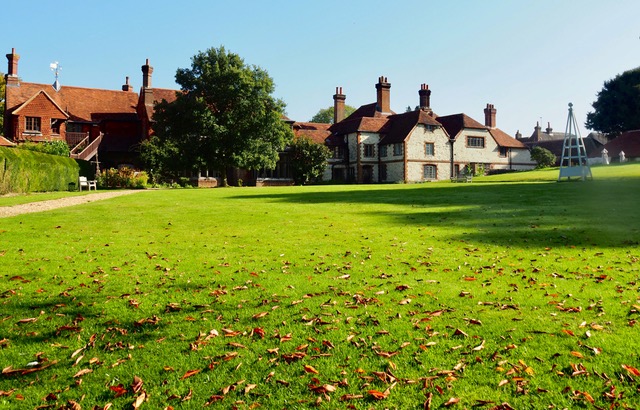
As the sun slips down the sky and the nights begin to draw in, a gentle breeze has blown out the headiness of Summer, replacing it with the calming rustle of Autumn. But don’t be fooled, this is a season scurrying with activity, not least at Gilbert White’s House & Gardens, in Selborne, Hampshire.
Gilbert White (1720-1793) is renowned for his discoveries of the harvest mouse, chiff chaff and noctule bat. He also pioneered the recording of phenological observations in his book ‘The Natural History of Selborne’, which is the fourth most published book in the English language. However, White also had a penchant for gardening and his cottage, herb and kitchen gardens have been lovingly restored to their 18th Century glory by volunteers.

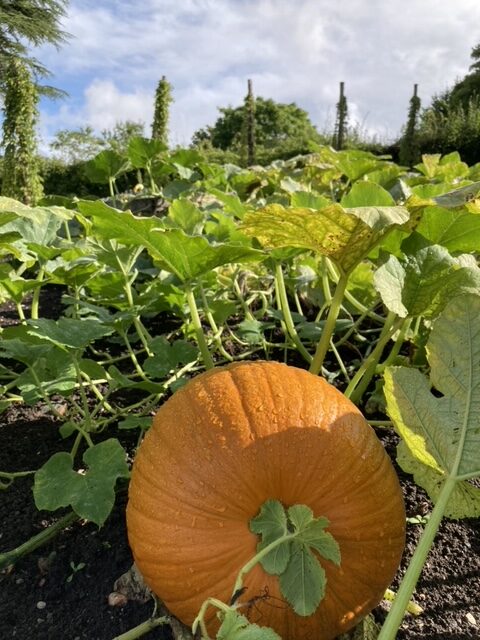
This is the time of year for harvesting. The volunteers are busy bringing in the squashes, picking the last of the berries, scraping off the honeycombs and collecting the tiny seeds from the flowers that have brought so much joy throughout the year.
White’s café is the heart of the local community. During the difficult days of lockdown, the café set up a wing of its old stable yard as a local shop. The villagers of Selborne were able to purchase essential goods and local produce that came directly from the gardens. The shop continues to serve the people of Selborne and now that the site is fully re-opened, the café has a menu bursting with dishes that use the garden produce. The jams from the berries, honey from the apiary and packets of seeds from the flowers, are also available to purchase from the café and shop.
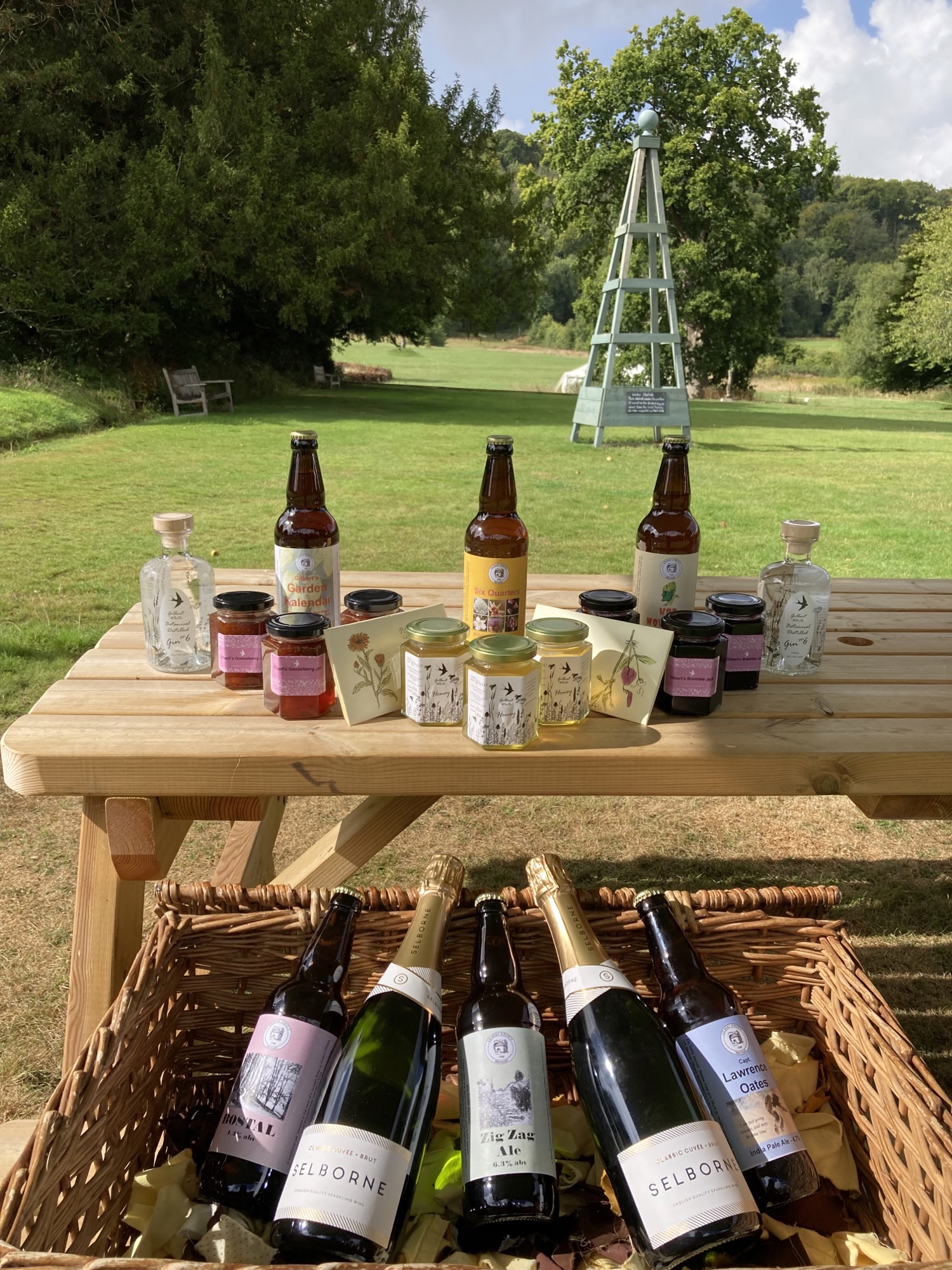
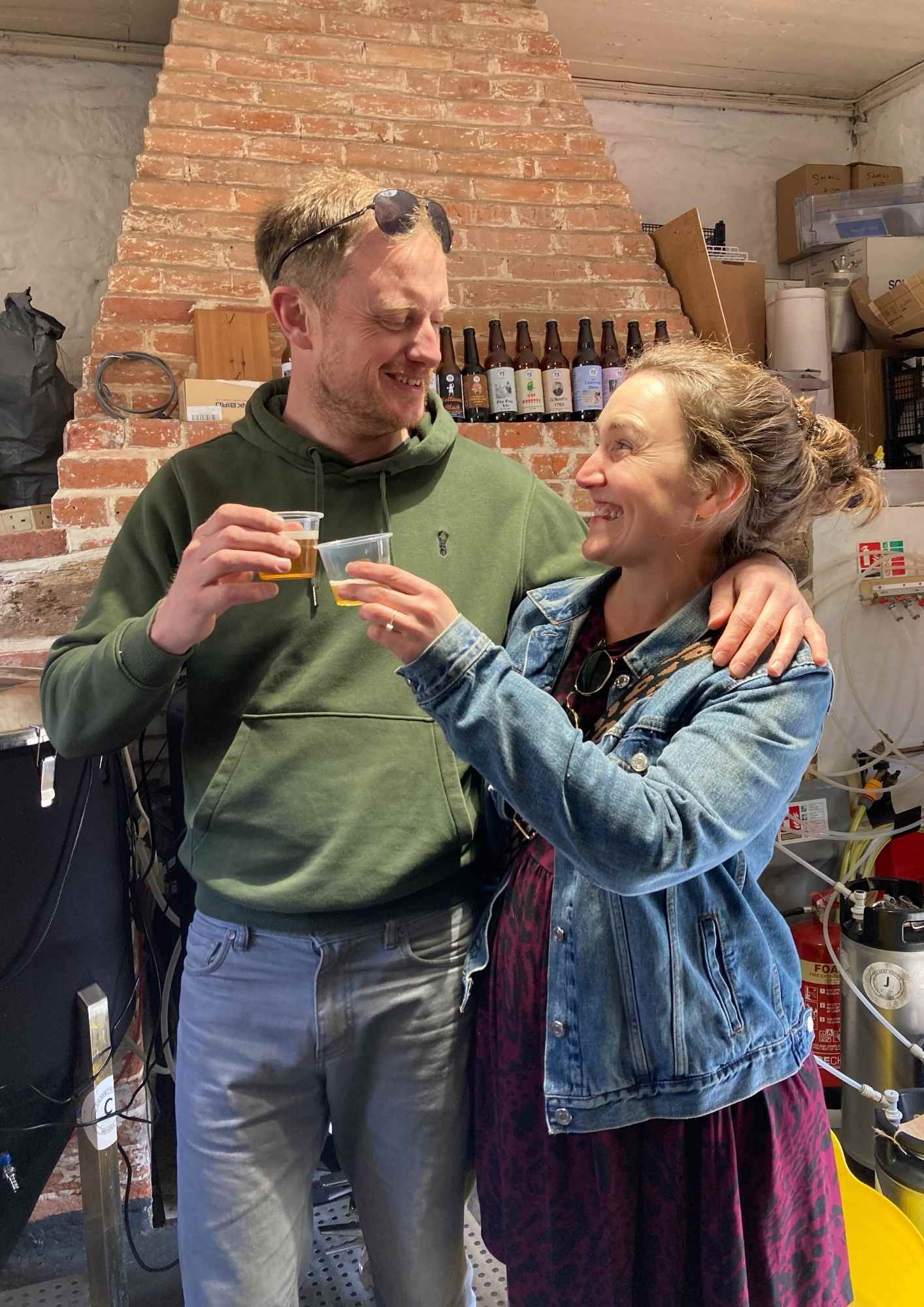
The harvest is not just limited to food, as a range of botanicals are sent off to the Winchester Distillery to produce gin and Selborne is the inspiration for the Cuvée Brut and Rosé Brut produced by Hambledon Wineries, in Hampshire. The hops grown in the kitchen garden is harvested to produce beer in Gilbert’s 1765 brewhouse. A variety of ales are brewed, from traditional Burton Golden ales to American IPAs to porters and even stouts!
For couples tying the knot at Gilbert White’s House, the opportunity to brew their own beer for the occasion is readily snapped up. Brewing your own tipple adds a unique spin to a special day, as your guests swirl around the dancefloor with their glasses filled to the brim with your brew of love.
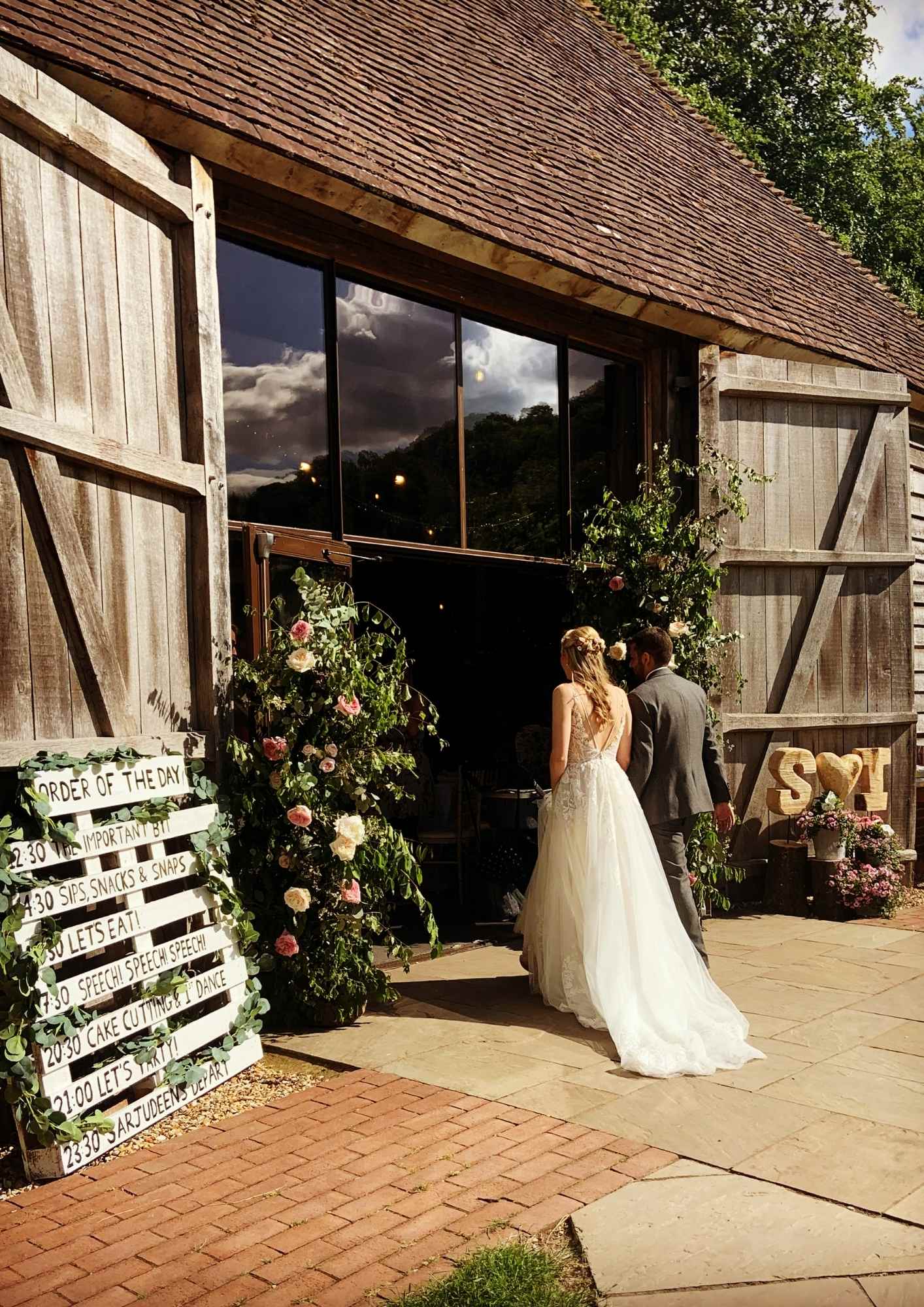
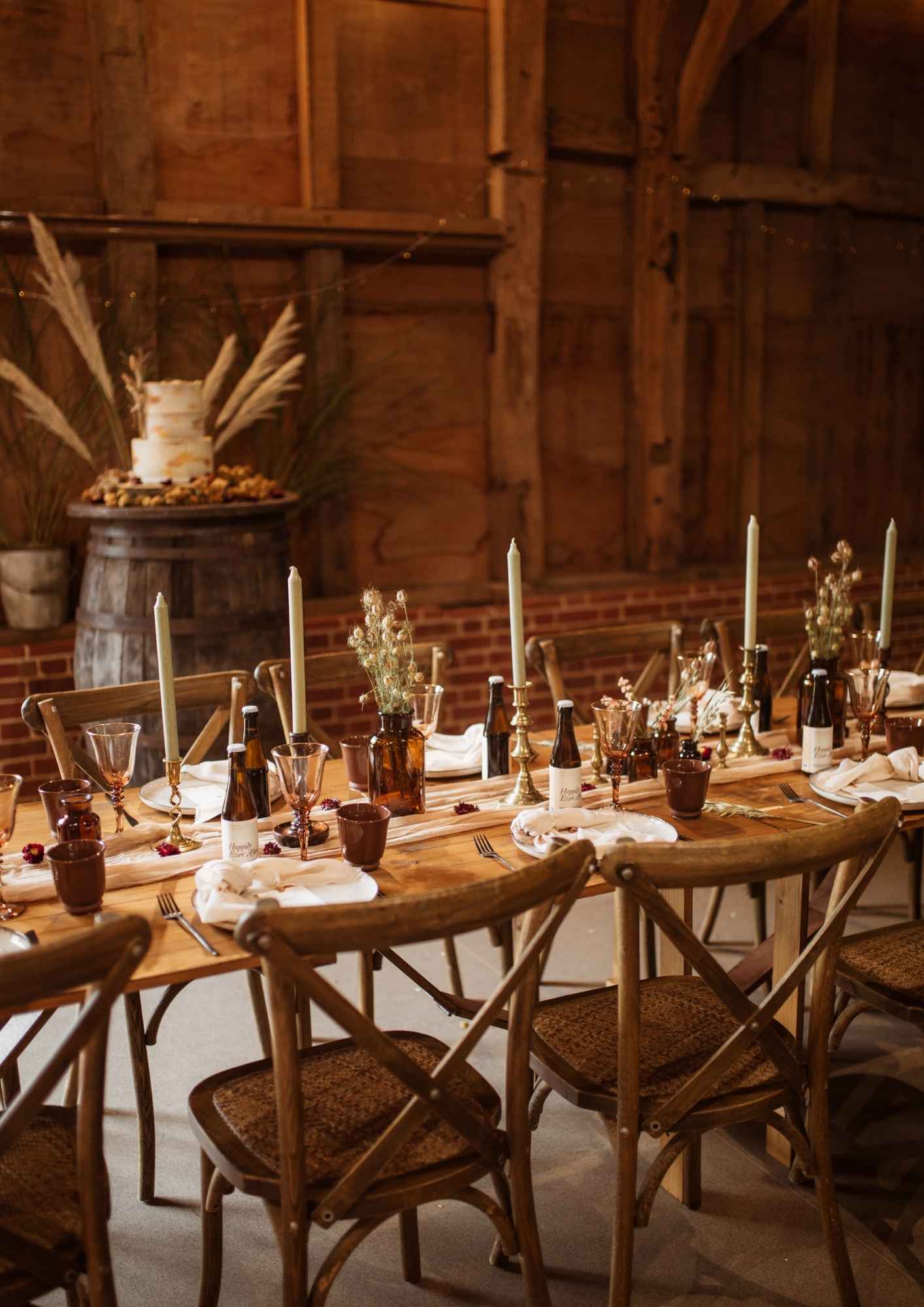
[Wedding scene inside the 16th century barn. Credits must be given to: Photographer: @sarahoylephotography – Stylist: @sian.amethystweddings – Stationary suite and table: @elle_andliv_weddings – Florist: @bloomingcow – Table runner: @magpielinens – Napkins: @willowandribbon – Soya candles: @inbloom152 – Flat lay ribbon: @thebotanicaldyer]
Wedding receptions can be held in the 16th Century barn, set in the bountiful wildflower meadow. Ceremonies can be held inside the historic house or out in the gardens. The venue provides an idyllic location, nestled beneath a Hampshire woodland hanger – a classic feature of the South Downs National Park.
After a long day of celebrations, newly-weds or their close family are relieved to kick up their feet and cosy up in the quirky self-catered cottage that sits above the museum. With three bedrooms, two bathrooms, a living room, kitchen and dining area, it is a truly homely cottage. With views across the grounds and homemade cake from the café adding the cherry on the top!
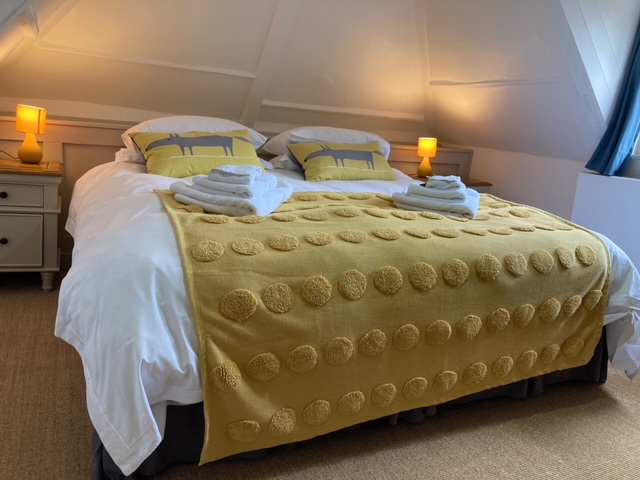
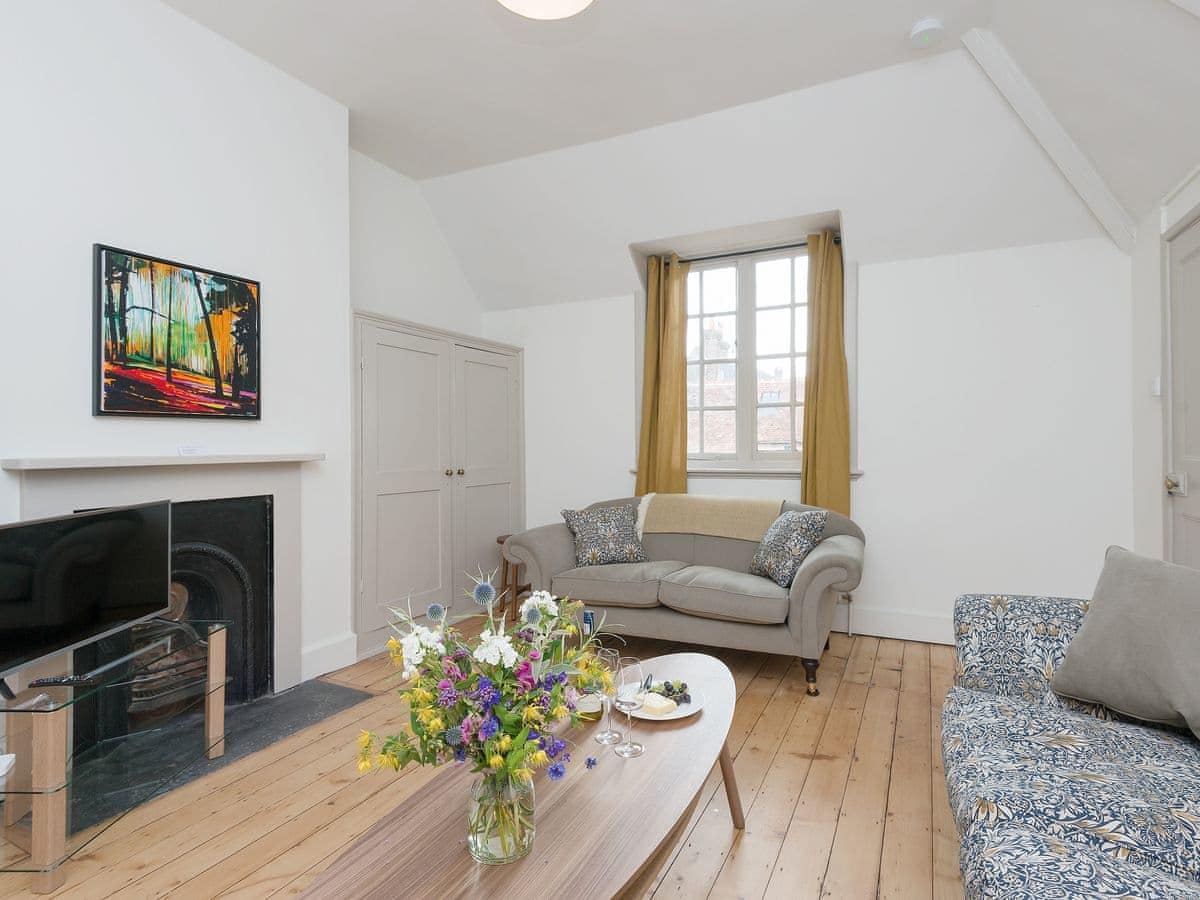
The museum continues to develop, and treasured items belonging to the family of Gilbert White were returned over the Summer, following the museum’s successful bid for a collection that was sold via Bonhams auction house in March. The star object in the collection, a silver salver or tray, is on display this Autumn.
Made in 1746 by John Robinson II in London, the salver is engraved with the arms of Gilbert White’s paternal grandmother Rebecca Luckin.
“The salver is important because it belonged to Rebecca Luckin, who is the only grandparent Gilbert White would have had a relationship with, as the others would have either died before his birth or when he was small. Rebecca lived with him and would have helped raise him. It’s lovely to be able to have something of hers back in their old home.” said Collections Manager Kimberley James.
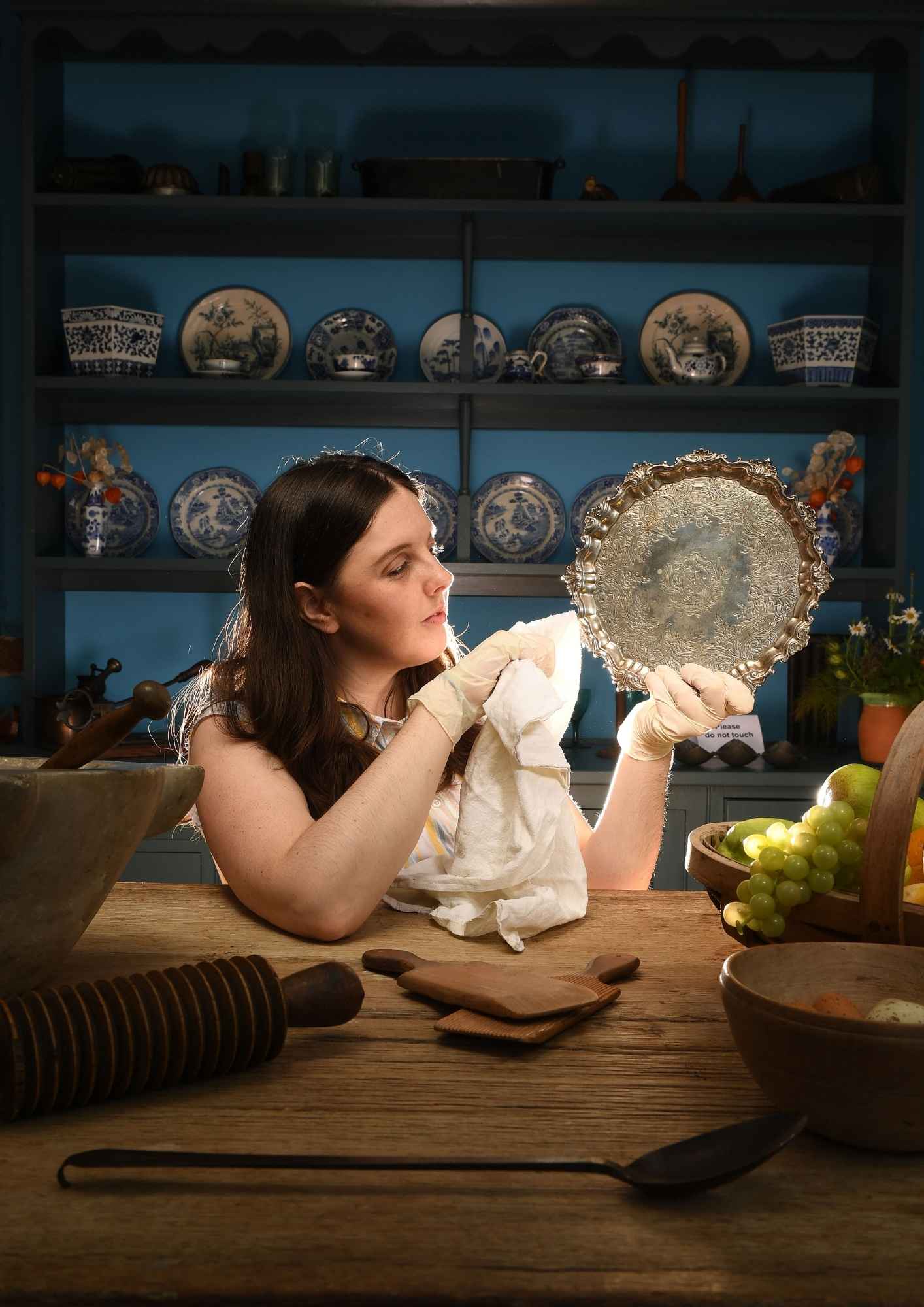
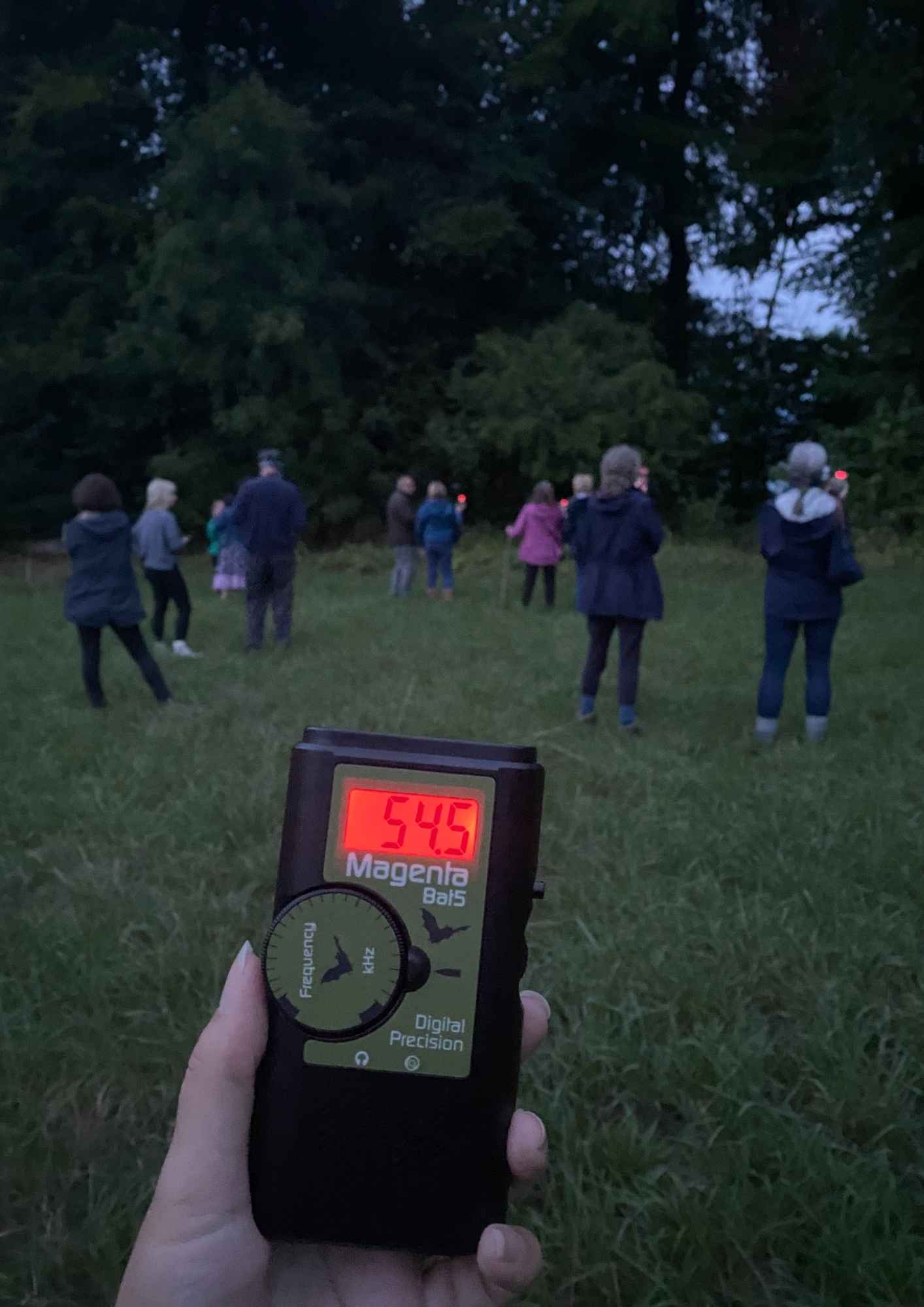
[Collections Manager, Kimberley James polishing the silver salver. Photo credit: Russell Sach]
As much as Gilbert White’s House & Gardens is a home to the pioneering naturalist’s belongings and scientific ideas, it remains an important home to the wildlife of Selborne. With the transition of the seasons, the house martins and swallows gather into flocks that sweep across the meadow, capturing the last of the insect bonanza. White’s practice of recording the date of the departure of these acrobatic birds, before their migration to southern Africa, continues today. These records provide us with an insight as to the potential effects of climate change upon migratory patterns.
Both young and old are encouraged to join our Field Studies Centre in their nature themed events. On September 5, there was a bat walk where visitors could use bat detectors that capture the bats’ echolocations to help them identify the bats circling above their heads and flying through the woodland. Through October half term there are lots of activities for children, from ‘Creatures of the Twilight’ that involves looking for tracks and signs of nocturnal animals, to story and craft sessions inspired by Autumn.
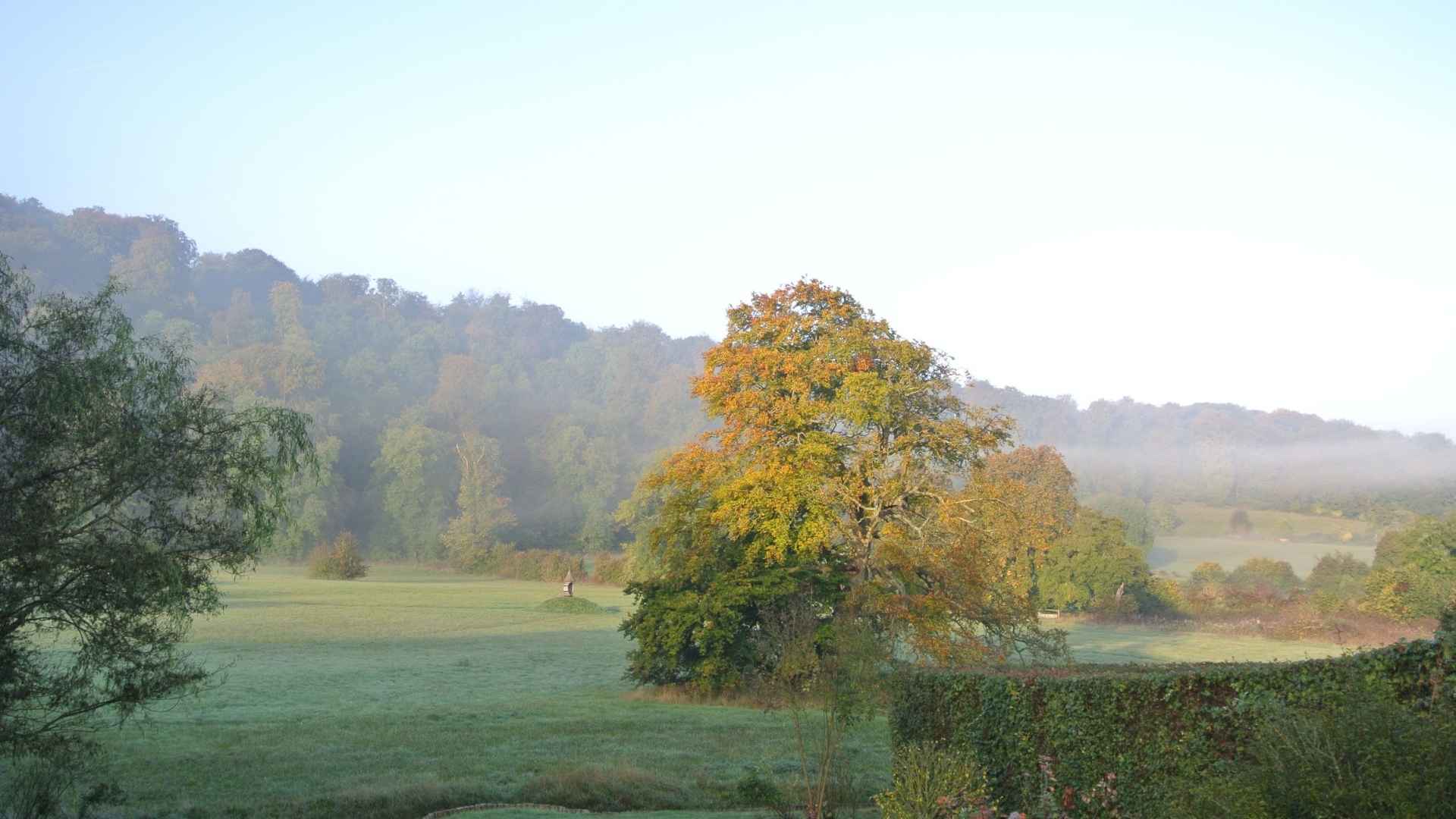
Despite the squirrely busyness of this time of year, it is important to take the time to marvel at the grandeur of change that nature undergoes, because blink and you will miss it. As Gilbert White wrote on the 26 October 1783:
‘If a masterly land-scape painter was to take our hanging woods in their autumnal colours, persons unacquainted with the country would object to the strength and deepness of the tints and would pronounce at an exhibition that they were heightened and shaded by Nature. Wonderfully lovely to the Imagination are the colourings of our woodland scapes at this season of the year.’
